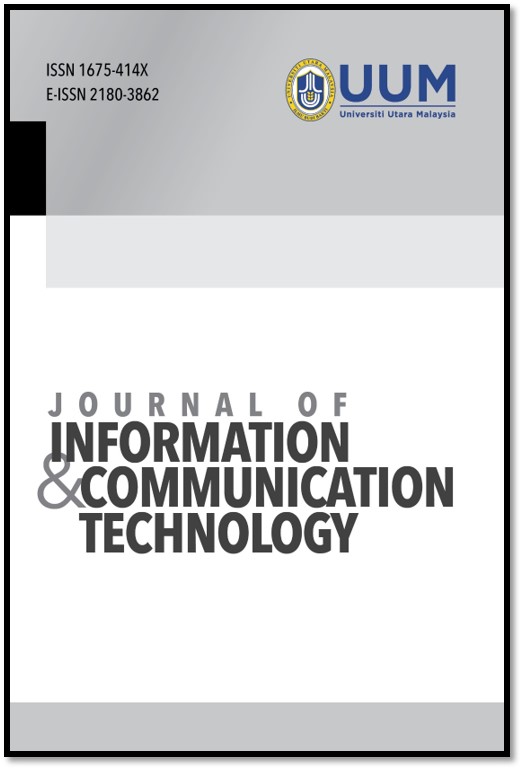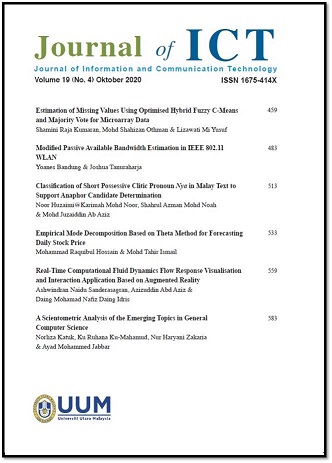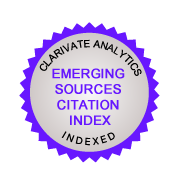AN EXPERIMENTAL EVALUATION OF CASE SLICING AS A NEW CLASSIFICATION TECHNIQUE
Keywords:
Data mining, case-slicing technique, k-nearest neighbour, base learning algorithm, naïve bayes, classification accuracyAbstract
Several classification techniques are designed to discover such classifications when the classifications are unknown. The techniques are tested and evaluated, however, by matching the classifications they recover against expected classifications. Several such techniques may be compared by experimentally evaluating their performance on the same datasets. The goal of this paper is to evaluate the case slicing technique as a new classification technique. The paper achieves this goal in three steps: Firstly, it introduces the case slicing technique as a new approach. Secondly, the paper presents applications of this technique on several datasets. Lastly, it compares the proposed approach with other selected approaches such as the K-Nearest Neighbour (K-NN), Base Learning Algorithm (C4.5) and Naïve Bayes classifier (NB) in solving the classification problems. The results obtained shows that the proposed approach is a promising method in solving decision-making problem.
Additional Files
Published
26-11-2003
How to Cite
A. Shiba, O. A., Sulaiman, M. N., Ahmad, F., & Mamat, A. (2003). AN EXPERIMENTAL EVALUATION OF CASE SLICING AS A NEW CLASSIFICATION TECHNIQUE. Journal of Information and Communication Technology, 2(2), 105–117. Retrieved from https://e-journal.uum.edu.my/index.php/jict/article/view/8034
Issue
Section
Articles

 2002 - 2020
2002 - 2020


























